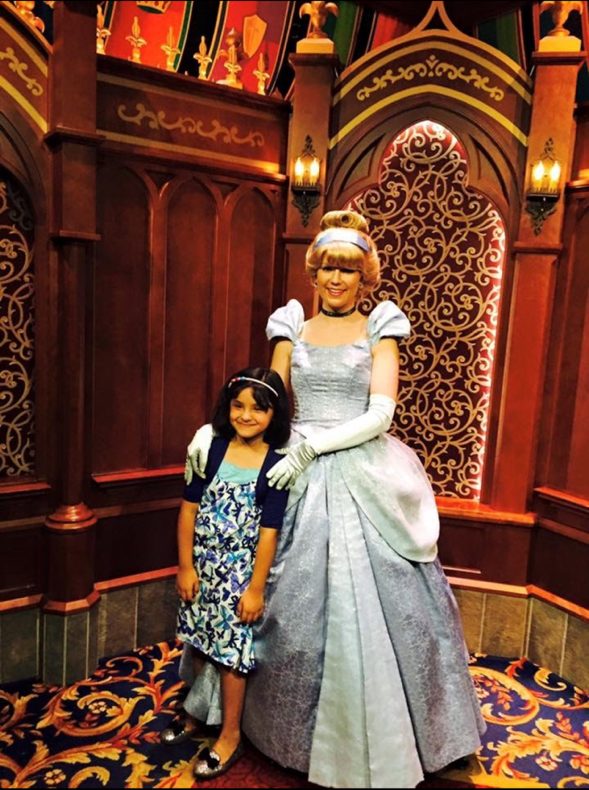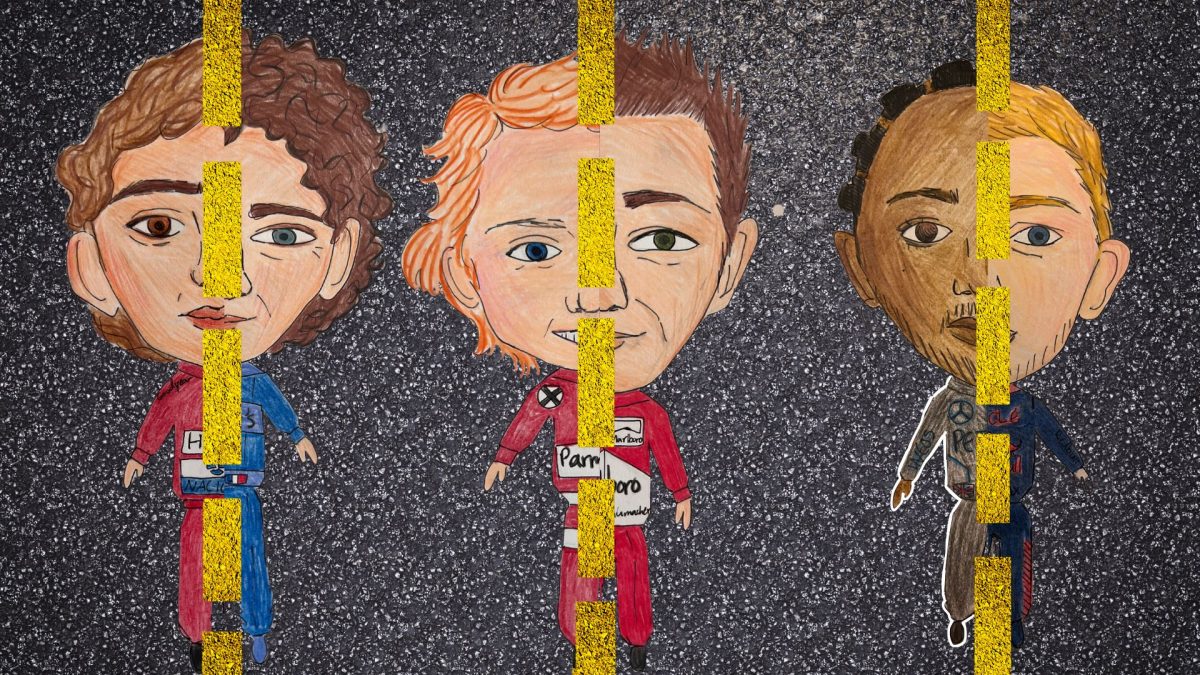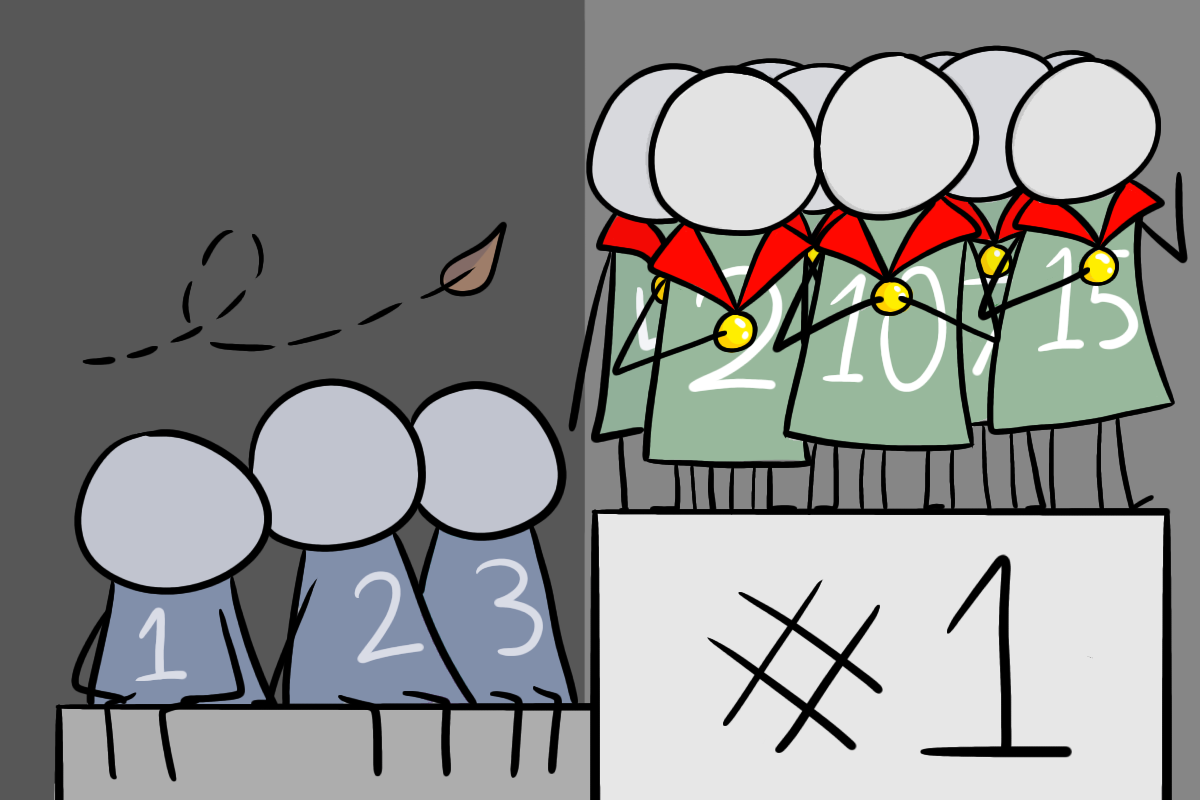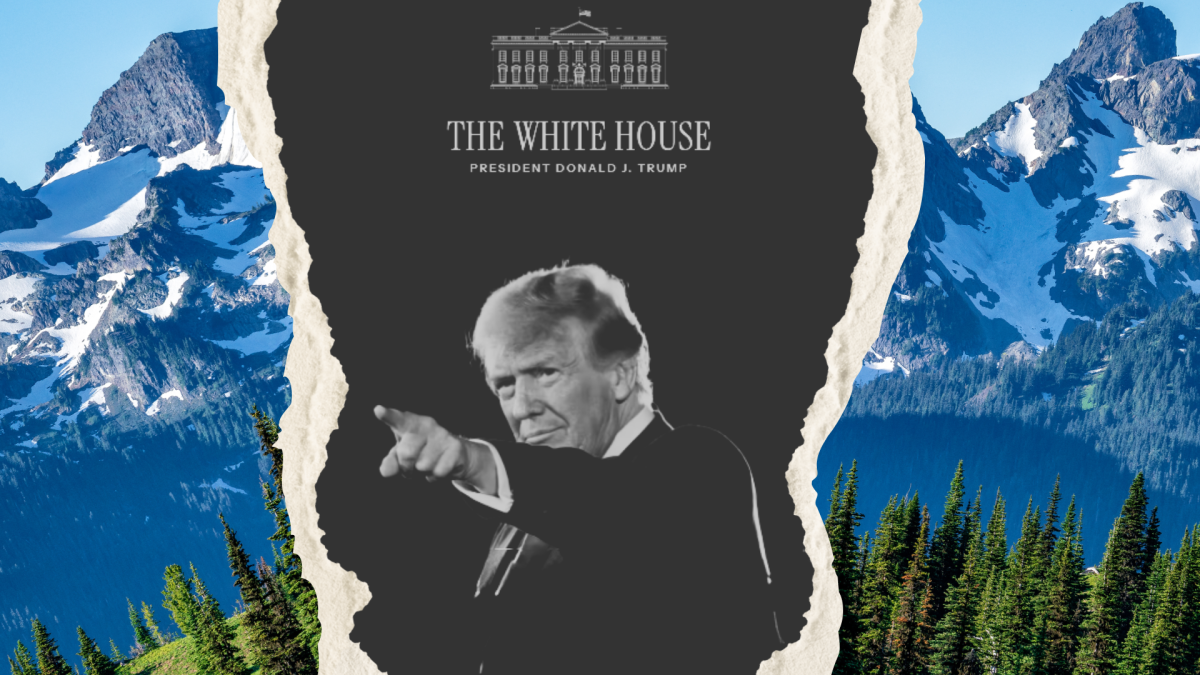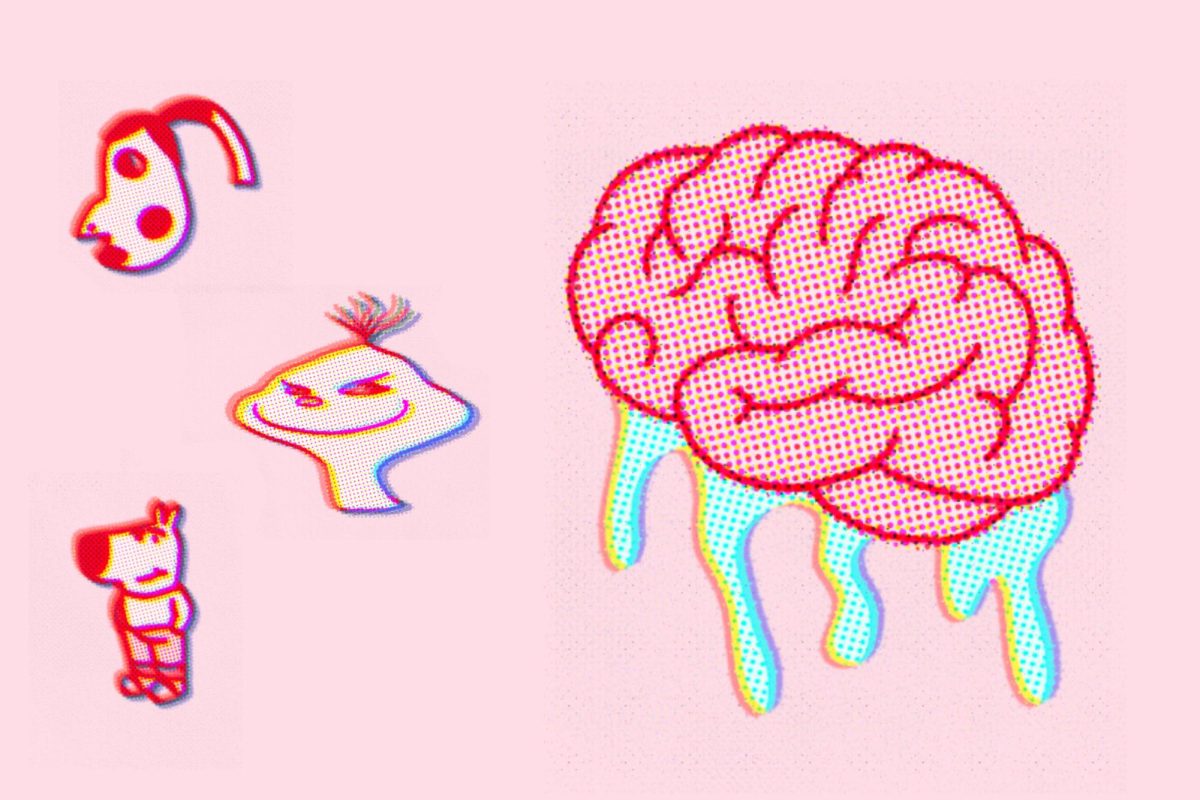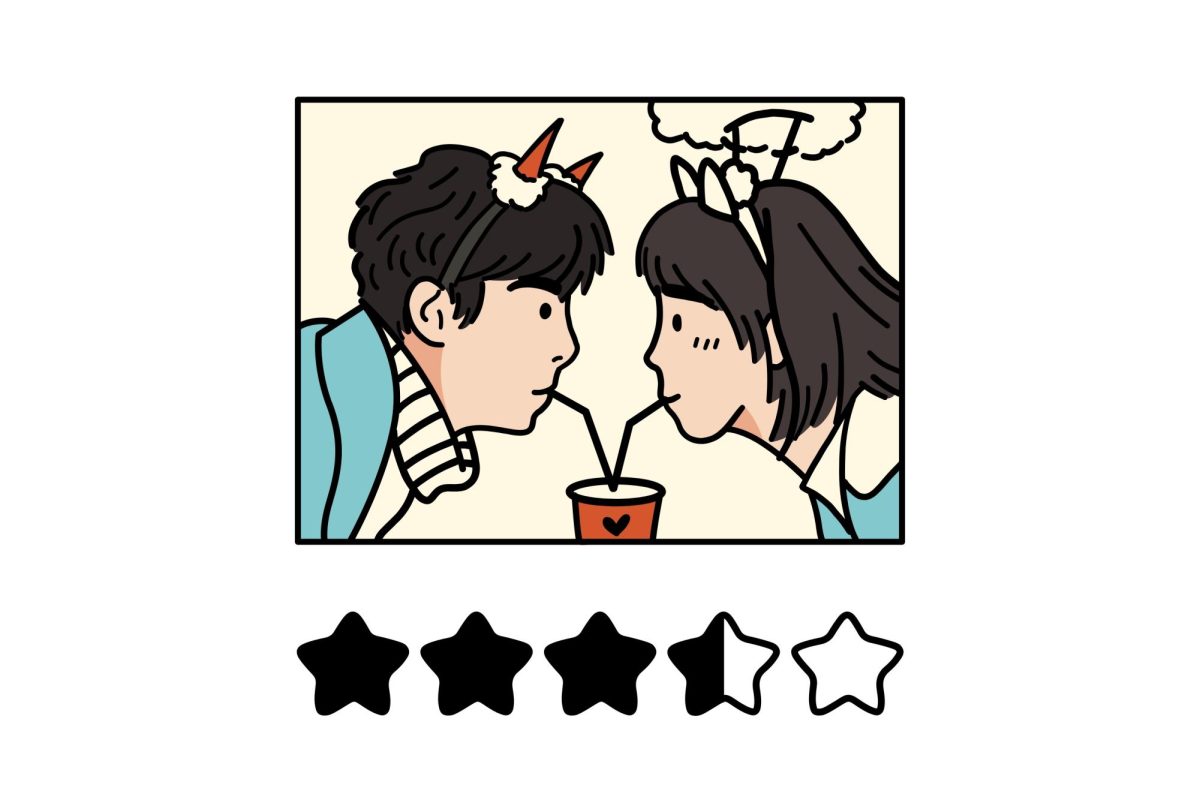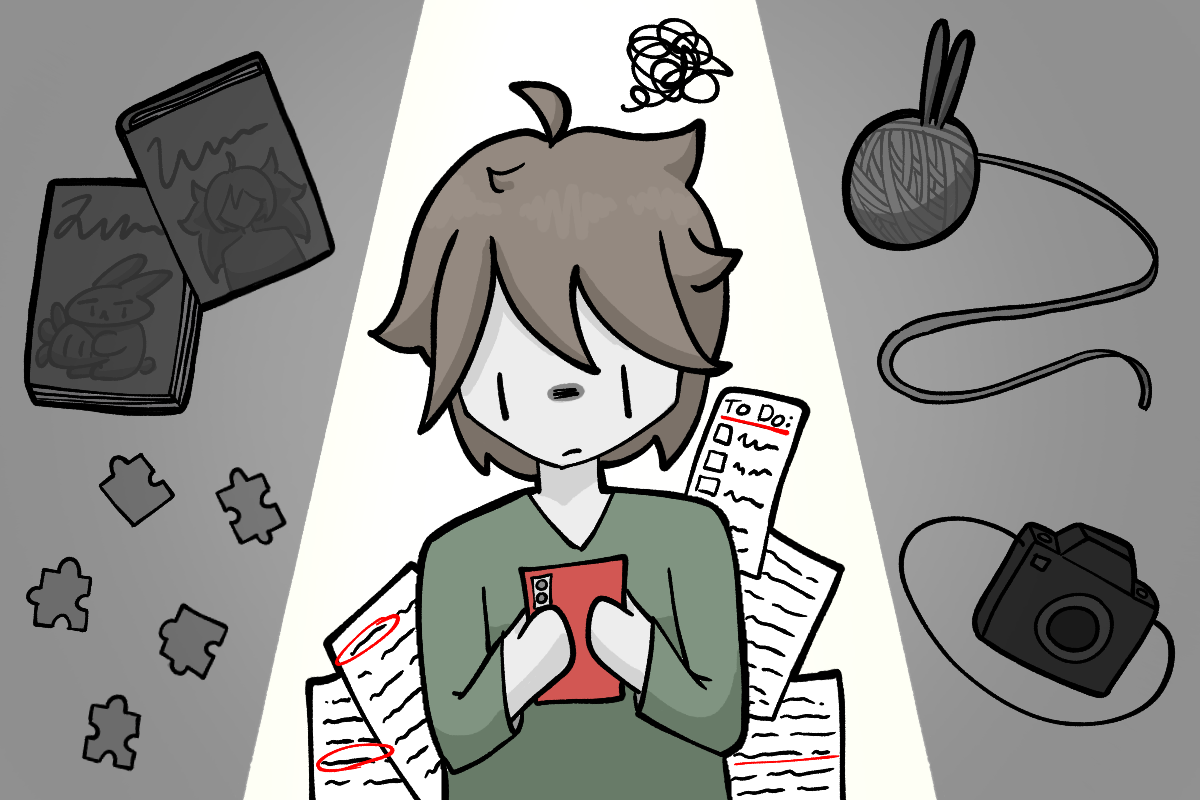If Disney was an essential part of your childhood, its nostalgia likely defined your interests and expectations for entertainment. However, there’s been a mundane pattern in recent Disney projects, and we can’t ignore it.
In recent years, Disney has relied heavily on remakes and sequels. Audiences are drawn to the latest adaptation of a beloved classic, and some renewals reap their rewards, like 2015’s “Cinderella,” which enhanced the original story and its visuals. However, many remakes are straight copies of the original animation, like 2017’s “Beauty and the Beast,” or twist the story into an unrecognizable film, as with 2020’s “Mulan.” “Snow White” was Disney’s latest live-action film, which received incredibly low ratings due to opinions on casting and inaccurate clothing.
Live-action films could serve as an opportunity to make up for muddled original storylines and authentically capture the cultures they represent, but they regularly fall short; “Beauty and the Beast” typecasted British actor Emma Watson to play Belle, a French peasant girl. “Mulan” offered a superficial portrayal of Chinese culture with its actors in knock-off Chinese clothing set in historically inaccurate villages.
As for sequels, Disney produces more versions of popular stories until they are no longer relevant. When I saw “Moana” in theaters, it quickly became one of my favorite movies and cemented its nostalgia in my childhood. Imagine my dismay when I realized there would be a sequel — which I inevitably attended to see how it held up — and a live-action movie. “Moana 2” was lackluster compared to its predecessor with weaker conflicts, lacking original characterization, forcing mediocre songs and virtually missing any plot and purpose.
At heart, these repeats go against Disney’s original reputation and entertainment. Walt Disney himself stated, “I do not like to repeat successes, I like to go on to other things.”
While there’s been a significant push for sequels and live-action movies by the studio’s executives, Disney has managed to stay authentic with their original films, drawing inspiration from old folktales that are easy to adapt for family audiences. This aligns with the practices of Studio Ghibli, another well-loved studio that bears a strong presence in the animation industry and includes distinct formats of storytelling, with their films and studio considered a counterpoint to Disney. But where Studio Ghibli focuses on individualism, corruption and environmentalism in their films, Disney emphasizes lighter themes to maintain its appeal for younger audiences, such as self-discovery, overcoming challenges and the importance of kindness.
While these themes aren’t bad, they have made the company more hesitant to feature mature themes in fear of alarming their family-oriented audience. Though many argue that it isn’t necessary to feature darker topics in a children’s network, children aren’t stupid or fragile, and shouldn’t be treated as such. Disney should diversify their efforts with original stories; it should let their creators take risks with what they can make for a family audience.
Another component Disney could take risks with is its characterization. Their past few protagonists have all maintained identical personalities, known as the “adorkable” archetype, featuring the awkward and optimistic character. While these traits aren’t terrible, they do leave the audience jaded after their fifth movie appearance. If you are going to introduce a character with these qualities, you have to establish a good reason for them. Take Mirabel from “Encanto,” who maintains these attributes because she feels inadequate beside her magical family. Mirabel believes that going above and beyond for the villagers will help her be less of an outlier in the family and earn their respect.
Disney could improve by introducing new personalities to their characters, instead of the safer “adorkable” princess or peasant. Having a protagonist with a cynical and academic viewpoint would be one way to go, especially if you add a side character who has said “adorkable” traits, creating an interesting yet hilarious juxtaposition for the film and the audience.
What creates memorable characters is their relationships with each other. However, Disney has separated itself from romance lately, despite being known for its magical love stories since the early ’50s. Presumably, Disney hasn’t explored romance in their recent stories to “empower” their younger female audience. However, romance doesn’t translate to weakness; in fact, it can make a person stronger. By neglecting these love stories, Disney neglects the message of the positive effects that these kinships can provide.
Music is integral to the studio’s reputation, as they have written and produced countless songs that get stuck in our heads on a loop. There is no Disney movie without catchy tunes, yet audiences have pointed out that some of their latest songs have deteriorated compared to their forerunners. “Wish,” Disney’s latest addition to the princess line, received criticism that its songs were surface-level. For a time, the movie’s crew was accused of using artificial intelligence to write their songs. Although it isn’t true, the songwriting in “Wish” was deprived of character motivation, a decent or consistent beat and any step of the hero’s journey arc.
Despite my many grievances, this doesn’t mean that Disney never had a good streak. The Renaissance era, from 1989 to 1999, is one of their greatest successes and is one of the most prominent ages in entertainment and animation influence. It retouched classic fairy tales, created a genre of storytelling told through great music and had a lasting nostalgic impact on the Disney brand and the audience.
In contrast, the Revival era has received mixed results since its start in 2009, giving its audience a range of entertainment. Its heroes are more independent with clearer motivations and diverse backgrounds, and many films have positive outcomes. But some bear apparent faults, as the studio relentlessly attempts to “modernize” their beloved films and tropes for the next generation. Compared to the Renaissance, the Revival era feels forced and shallow, throwing the message in your face rather than showing it.
In the end, Disney’s separate downfalls led to one factor that could change their industry: taking risks. Whether in animation, storytelling, or songwriting, Disney should take risks so they can move the plot — and their studio — forward. Before it was an international studio thriving on audience reviews and recycled plots, Disney was a small entertainment company that focused on creating a story to tell. Nothing revolutionary, just nostalgic. They should truly look at the stories they’re creating before setting them into motion, instead of estimating how much money or popularity they can cash in. When asked about the goal of their studio, Walt Disney replied, “We are not trying to entertain the critics. I’ll take my chances with the public.”


